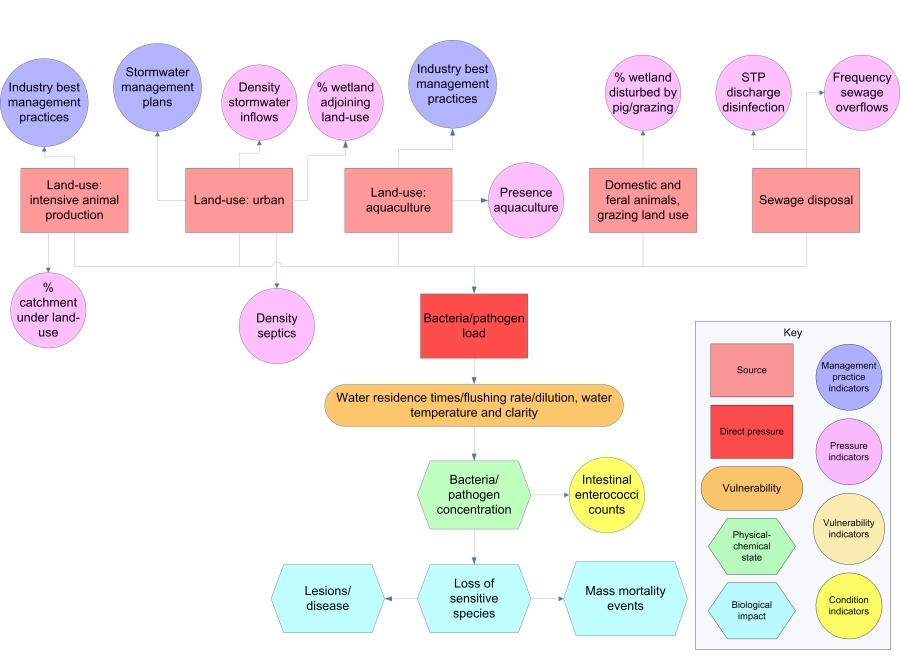You are here:
- Home
- Management
- Pressures
- Lacustrine and palustrine
- Bacteria/pathogens
- Vulnerability
|
Management
Aquatic ecosystem rehabilitation
Management of shorebirds and other waterbirds
|
Bacteria/pathogens – VulnerabilityBacteria/pathogens – Vulnerability
 HIDE THIS SECTION HIDE THIS SECTION |
 |
The vulnerability of a wetland to bacteria/pathogens is dependent on:
It is thought that a healthy wetland will be less vulnerable than a stressed one. |

Last updated: 22 March 2013
This page should be cited as:
Department of Environment, Science and Innovation, Queensland (2013) Bacteria/pathogens – Vulnerability, WetlandInfo website, accessed 13 April 2025. Available at: https://wetlandinfo.des.qld.gov.au/wetlands/management/pressures/lacustrine-palustrine-threats/bacteria-pathogens/vulnerability.html



 — Department of the Environment, Tourism, Science and Innovation
— Department of the Environment, Tourism, Science and Innovation
